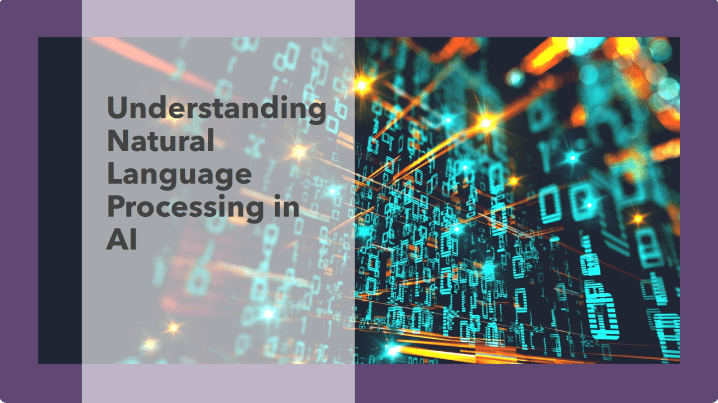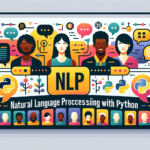In the vast landscape of artificial intelligence (AI), there exists a fascinating realm where computers are trained to comprehend and interact with human language. This domain is known as Natural Language Processing (NLP). In this article, we’ll embark on a journey to unravel the intricacies of NLP, exploring its significance, applications, and the underlying technologies driving its advancement.
What is Natural Language Processing (NLP)?
Natural Language Processing is a branch of artificial intelligence concerned with the interaction between computers and human languages. It empowers machines to understand, interpret, and generate human language in a manner that is both meaningful and contextually relevant. At its core, NLP seeks to bridge the gap between the complexities of human communication and the computational capabilities of machines.
Key Components of NLP:
- Text Analysis: NLP algorithms analyze and dissect textual data, breaking it down into meaningful components such as words, phrases, and sentences.
- Language Understanding: NLP models are trained to comprehend the nuances of human language, including grammar, semantics, and syntax, enabling them to extract insights and derive meaning from text.
- Language Generation: In addition to understanding language, NLP systems can also generate human-like text, ranging from simple responses to complex narratives, through techniques such as text generation and language modeling.
Applications of NLP in Everyday Life:
- Virtual Assistants: Voice-activated virtual assistants like Siri, Alexa, and Google Assistant utilize NLP to understand and respond to user commands and queries in natural language.
- Chatbots: NLP powers chatbots deployed in customer service, e-commerce, and various other domains, enabling them to engage in natural, human-like conversations with users.
- Language Translation: NLP facilitates language translation services such as Google Translate, which employ sophisticated algorithms to translate text between different languages accurately.
- Text Summarization: NLP algorithms can summarize lengthy documents or articles, distilling key information into concise summaries, aiding in information retrieval and comprehension.
- Sentiment Analysis: NLP techniques are employed to analyze the sentiment expressed in text data, providing insights into public opinion, customer feedback, and social media conversations.
Technologies Driving NLP:
- Machine Learning: Machine learning algorithms form the backbone of many NLP systems, enabling computers to learn patterns and relationships from large amounts of labeled text data.
- Deep Learning: Deep learning techniques, particularly neural networks, have revolutionized NLP by enabling more complex language modeling and sequence processing tasks.
- Natural Language Understanding (NLU): NLU focuses on enabling computers to understand human language at a deeper level, incorporating semantic analysis, entity recognition, and contextual understanding.
- Word Embeddings: Word embeddings techniques such as Word2Vec and GloVe map words to high-dimensional vectors, capturing semantic similarities and relationships between words, which is crucial for various NLP tasks.
Challenges and Future Directions:
- Ambiguity and Context: Human language is inherently ambiguous and context-dependent, posing challenges for NLP systems in accurately interpreting and generating text.
- Multilingualism: NLP faces challenges in handling diverse languages and dialects, requiring robust techniques for language understanding and translation across different linguistic contexts.
- Ethical and Bias Considerations: NLP models can inadvertently perpetuate biases present in training data, highlighting the need for ethical considerations and bias mitigation strategies in NLP research and development.
- Advancements in Multimodal NLP: Future directions in NLP involve integrating text with other modalities such as images, audio, and video, enabling more comprehensive and intuitive interaction with machines.
Sum Up
In conclusion, Natural Language Processing represents a remarkable convergence of artificial intelligence and linguistics, empowering computers to understand and communicate in human language. Through the synergy of machine learning, deep learning, and advanced linguistic techniques, NLP continues to push the boundaries of what machines can achieve in language understanding and generation. As we journey into the future, NLP promises to play an increasingly integral role in shaping how we interact with technology and each other through the power of language.



